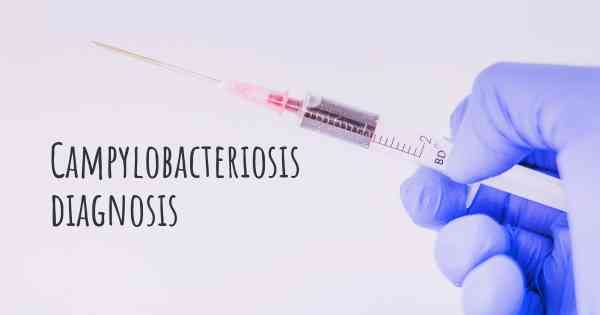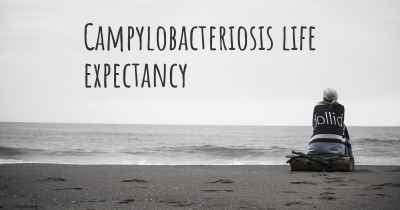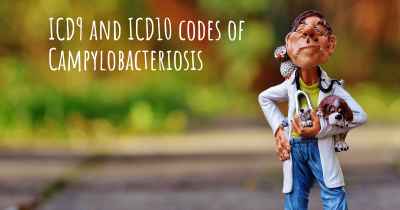How is Campylobacteriosis diagnosed?
See how Campylobacteriosis is diagnosed. Which specialists are essential to meet, what tests are needed and other useful information for the diagnosis of Campylobacteriosis

Campylobacteriosis is a bacterial infection caused by the Campylobacter bacteria. It is one of the most common causes of bacterial gastroenteritis worldwide, leading to symptoms such as diarrhea, abdominal pain, fever, and vomiting. If you suspect you have campylobacteriosis, it is important to seek medical attention for proper diagnosis and treatment.
Diagnosing campylobacteriosis typically involves a combination of clinical evaluation, laboratory tests, and medical history assessment. The process begins with a thorough examination by a healthcare professional who will inquire about your symptoms, recent activities, and potential exposure to contaminated food or water sources.
Stool culture is the most common laboratory test used to diagnose campylobacteriosis. A small sample of your stool is collected and sent to a laboratory for analysis. The sample is cultured on a special medium that promotes the growth of Campylobacter bacteria. If the bacteria are present, they will multiply and can be identified under a microscope. This test helps confirm the diagnosis and determine the specific strain of Campylobacter causing the infection.
In some cases, additional tests may be performed to rule out other possible causes or complications. These may include:
- Blood tests: Blood samples may be taken to check for signs of infection or to assess the overall health of the individual.
- PCR testing: Polymerase chain reaction (PCR) tests can detect the genetic material of Campylobacter bacteria in stool samples with high accuracy.
- Antigen testing: Antigen tests identify specific proteins produced by Campylobacter bacteria and can provide rapid results.
- Endoscopy: In severe cases or when complications are suspected, an endoscopy may be performed to examine the gastrointestinal tract and collect tissue samples for analysis.
It is important to note that self-diagnosis is not recommended, as the symptoms of campylobacteriosis can resemble those of other gastrointestinal infections. Seeking professional medical advice and undergoing appropriate diagnostic tests is crucial for accurate identification and effective treatment of the infection.








